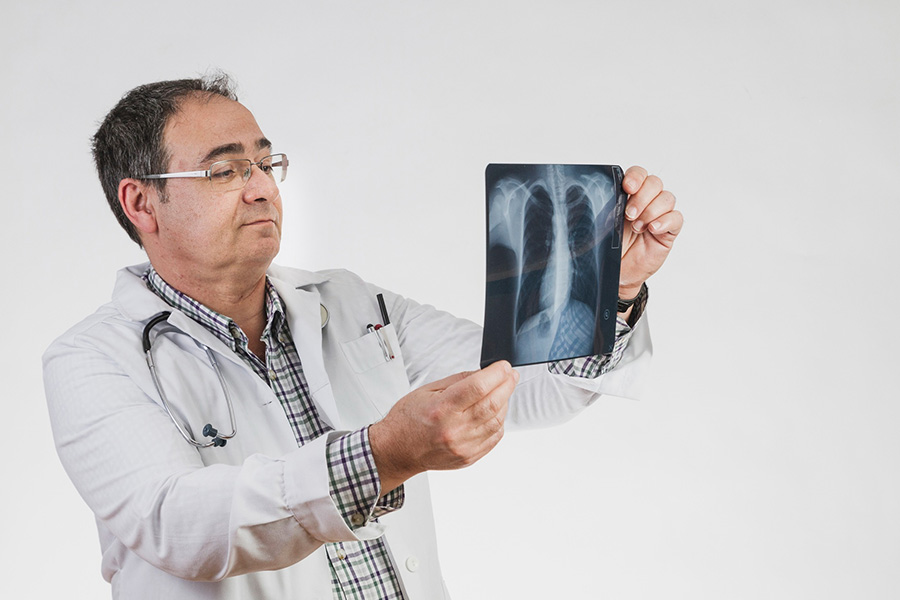
With a view to pace up the diagnosis of COVID -19, this paper aims to create a computer-aided-design system that will use the chest X-Ray as input and further classify it into one of the three classes, namely COVID-19, viral Pneumonia, and healthy.
Authors
Vedika Gupta, Assistant Professor, Jindal Global Business School, O.P. Jindal Global University, Sonipat, Haryana, India.
Nikita Jain, Bharati Vidyapeeth’s College of Engineering, Delhi, India.
Jatin Sachdeva, Bharati Vidyapeeth’s College of Engineering, Delhi, India.
Mudit Gupta, Bharati Vidyapeeth’s College of Engineering, Delhi, India.
Senthilkumar Mohan, School of Information Technology and Engineering, Vellore Institute of Technology, Vellore, India.
Mohd Yazid Bajuri, Department of Orthopaedics and Traumatology, Faculty of Medicine, Universiti Kebangsaan Malaysia (UKM), Kuala Lumpur, Malaysia.
Ali Ahmadian, Decision Lab, Mediterranea University of Reggio Calabria, 89124, Reggio Calabria, Italy; Department of Mathematics, Near East University, Nicosia, TRNC, Mersin 10, Turkey.
Summary
The novel coronavirus disease, which originated in Wuhan, developed into a severe public health problem worldwide. Immense stress in the society and health department was advanced due to the multiplying numbers of COVID carriers and deaths.
This stress can be lowered by performing a high-speed diagnosis for the disease, which can be a crucial stride for opposing the deadly virus. A good large amount of time is consumed in the diagnosis.
Some applications that use medical images like X-Rays or CT-Scans can pace up the time used in diagnosis. Hence, this paper aims to create a computer-aided-design system that will use the chest X-Ray as input and further classify it into one of the three classes, namely COVID-19, viral Pneumonia, and healthy.
Since the COVID-19 positive chest X-Rays dataset was low, we have exploited four pre-trained deep neural networks (DNNs) to find the best for this system. The dataset consisted of 2905 images with 219 COVID-19 cases, 1341 healthy cases, and 1345 viral pneumonia cases.
Out of these images, the models were evaluated on 30 images of each class for the testing, while the rest of them were used for training. It is observed that AlexNet attained an accuracy of 97.6% with an average precision, recall, and F1 score of 0.98, 0.97, and 0.98, respectively.
Published in: Multimedia Tools and Applications
To read the full article, please click here.


